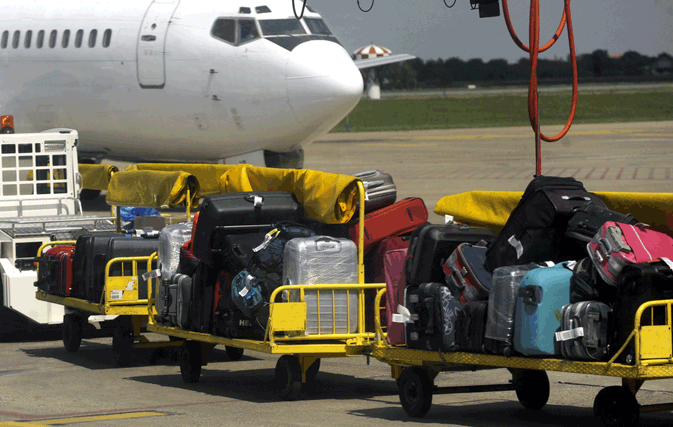GENEVA — The world’s airlines saw traffic increase 6.0% in November 2014 showing a continuation of the healthy demand trend of recent months, according to IATA.
Total revenue passenger kilometers (RPKs) rose 6.0% compared to November 2013, which was ahead of the 5.7% year-over-year growth recorded in October as well as the 10-year average growth rate of 5.6%. November capacity expanded by 5.4%, leading to a 0.5 percentage point rise in the load factor to 76.7%.
Growth was driven primarily by domestic markets which experienced a 6.9% increase in demand over the previous November (an acceleration over the 5.3% year-to-date average for domestic travel). Chinese domestic travel (which rose 15.4% over the previous November) was the main contributor to this growth.
International travel, meanwhile, experienced a slight deceleration in growth towards the end of the year.
“November demand was healthy, but the overall picture is mixed. For example, strong traffic performance within China and India has not carried over into international demand for Asia-Pacific carriers. And while lower oil prices should be positive for economic activity, softening business confidence is having a dampening effect on international travel,” said Tony Tyler, IATA’s Director General and CEO.
November 2014 international passenger demand was up 5.4% compared to the year-ago period, which was below the 6.1% year-to-date growth trend. Capacity rose 5.9% and the load factor dipped 0.3 percentage points to 75.1%. All regions except Africa recorded year-over-year increases in demand. However, compared to October, most regions reported slower demand growth for November.
European carriers’ demand for international services rose 5.6% in November 2014 compared to the year-ago period in spite of the region’s economic frailties and risks. Robust travel on low cost carriers is behind much of the growth. Capacity climbed 4.9% leading to a 0.5 percentage point rise in the load factor to 77.7%.
Asia-Pacific airlines recorded a 4.9% demand increase compared to November 2013 amid signs of a slowdown in regional production activity. Trade volumes have remained strong, however. With capacity up 5.6%, the load factor slipped 0.5 percentage points to 74.6%.
North American airlines saw demand rise 2.0% over the 2013 period. This was an improvement over growth of 1.6% in October. November capacity rose 3.1%, causing load factor to fall 0.8 percentage points to 76.8%. The U.S. economy is a notable bright spot among developed economies, and recent gains in trade volumes bode well for business-related travel.
Middle East carriers had the strongest traffic growth at 11.7%. This was the fourth consecutive month of double-digit year-over-year growth and the region’s economies are comparatively well-placed to withstand plunging oil revenues. Capacity rose 13.9% and load factor fell 1.4 percentage points to 70.1%.
Latin American airlines experienced a 4.9% rise in demand in November. Capacity increased 5.7% and load factor fell 0.6 percentage points to 78.8%. Despite the decline, the load factor was the highest for any region. Although major economies in the region have been weak, the strength of the U.S. economy has supported traffic carried by the region’s airlines.
African carriers were the only ones to see a decline in demand: November traffic fell 2.5% compared to the same month in 2013. Capacity fell 3.1%, causing load factor to rise 0.4 percentage points to 63.8%, the lowest for any region. Passenger volumes for the region’s carriers are back at late 2012 levels. The recent weakness appears to reflect adverse economic developments in parts of the continent including Nigeria, which is highly reliant on oil revenues. The impact on traffic owing to the Ebola outbreak is largely restricted to Guinea, Liberia and Sierra Leone (markets that comprise a very small proportion of overall African traffic).
“The industry is investing to improve the passenger experience. This year we expect to see some implementation of the New Distribution Capability, giving travellers the ability to view and purchase all of an airline’s products and services wherever they shop for air travel. And more passengers will have access to Fast Travel options such as self-boarding and self-tagging of luggage that offer convenience and time-savings and give them greater control over their journey,” said Tyler.

